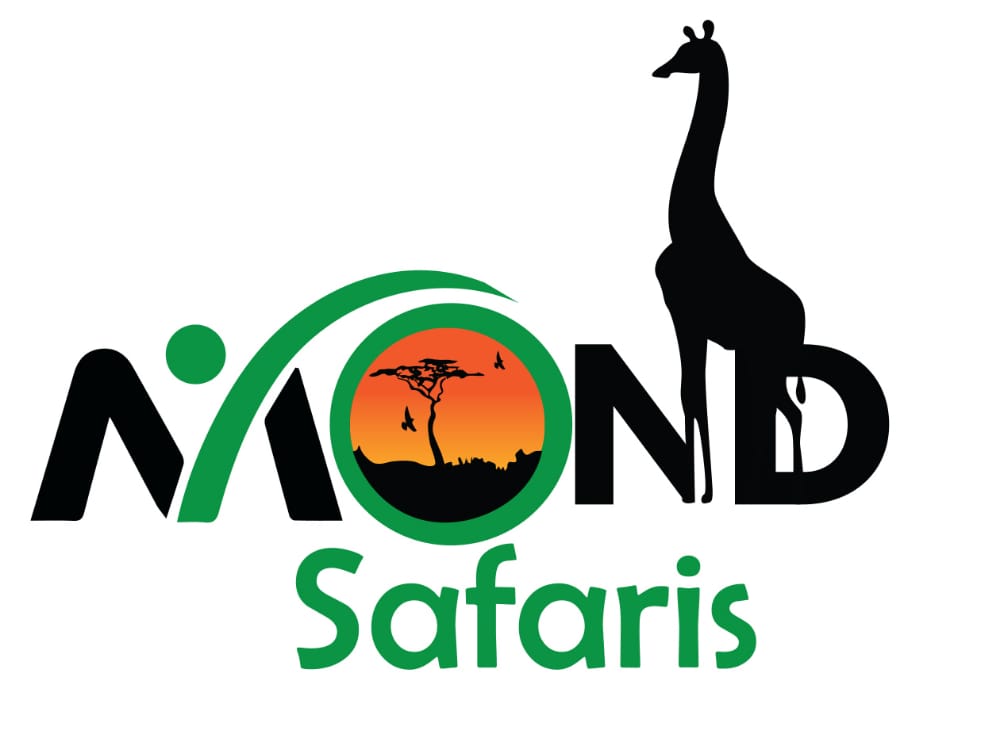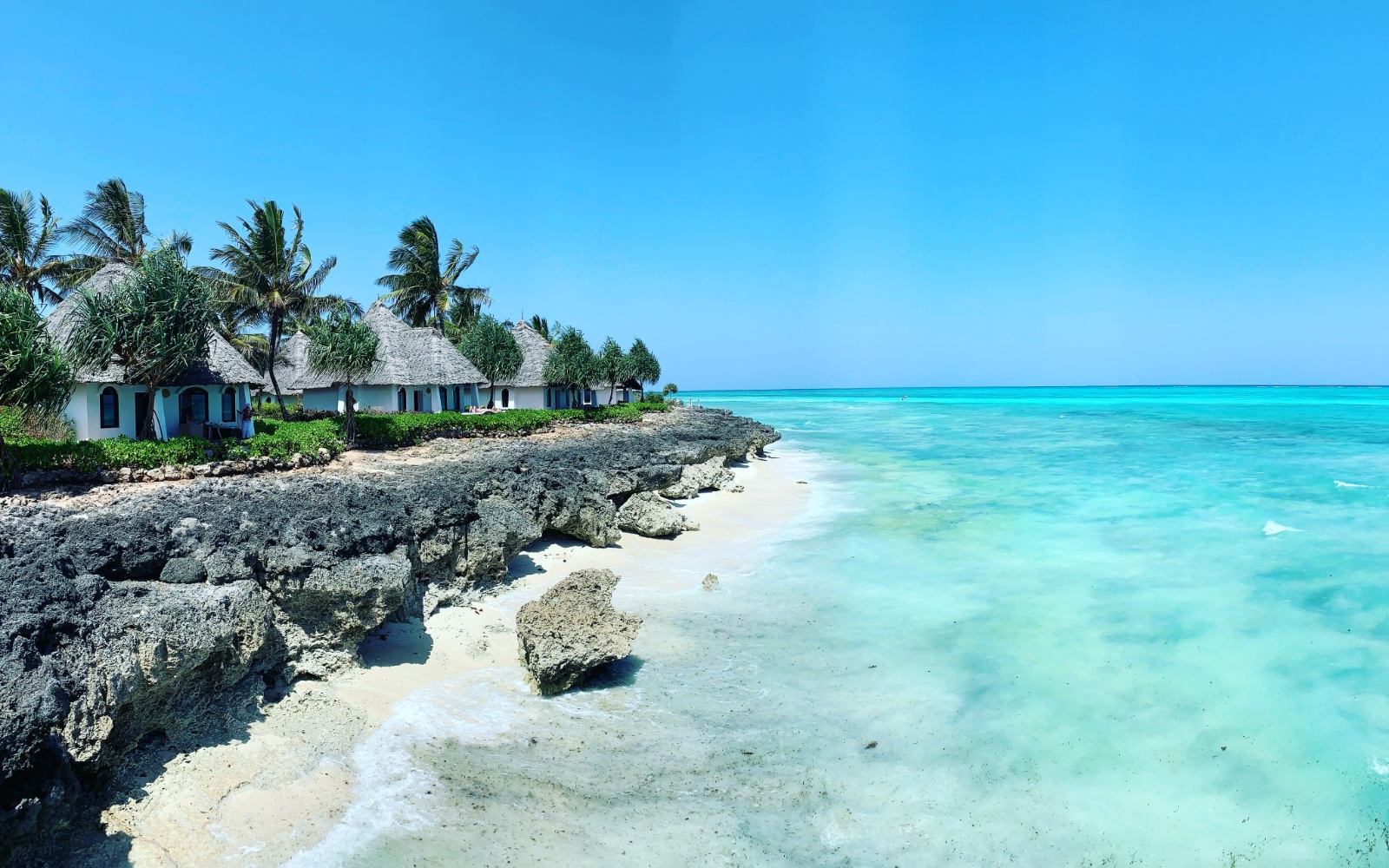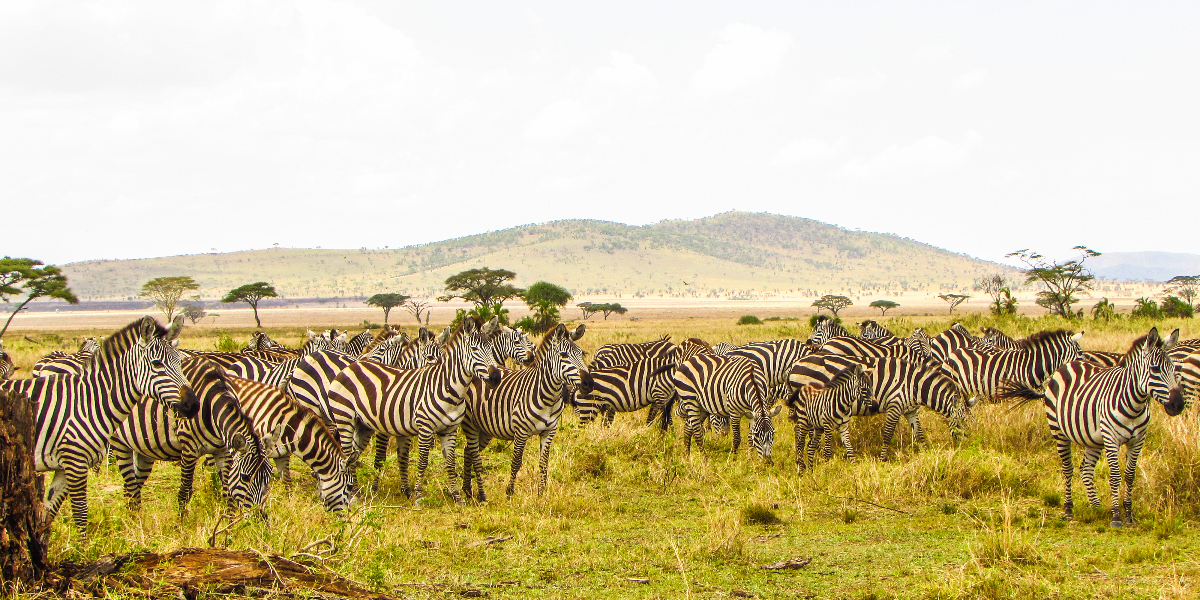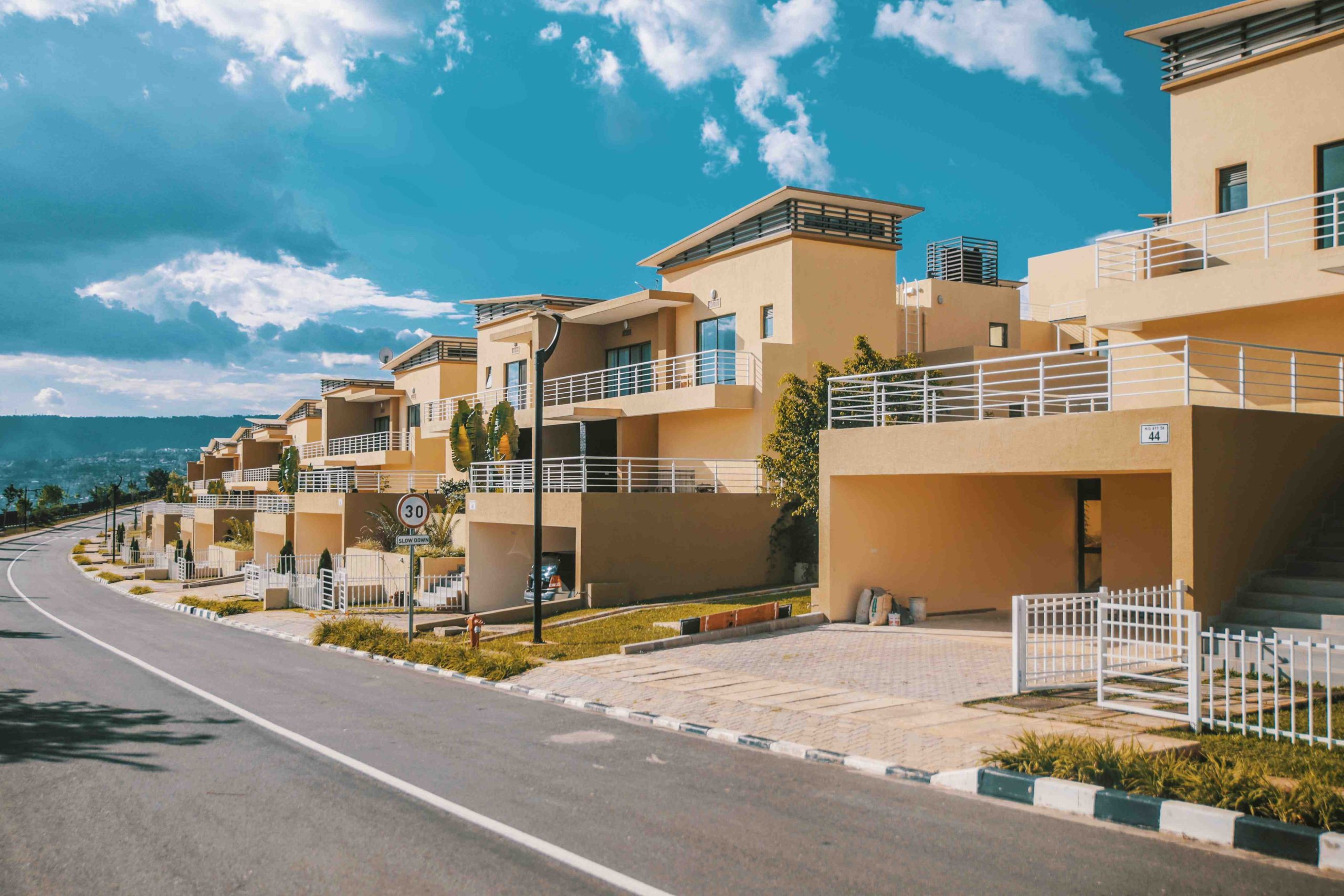Embark on an African adventure like never before as we unveil the top 7 best…
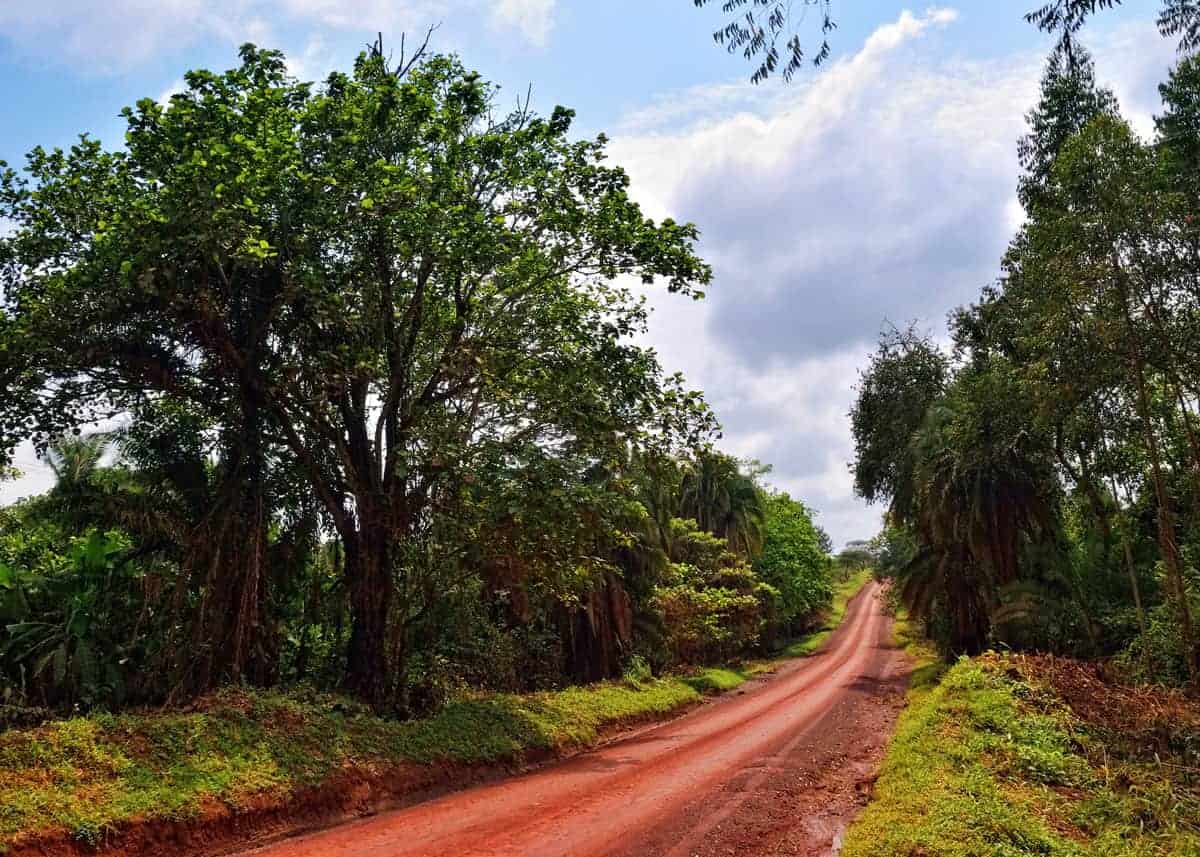
Weather in Uganda
Uganda’s Climate and Weather Throughout The Year in the parts of Uganda
Weather in Uganda-Knowing Uganda’s Climate and Weather throughout the year is vital in preparing your Africa safari vacation because who would want to get stuck in the jungle with heavy downpours. Here we take a look at all-weather seasons in Uganda to help you plan your gorilla tour or savanna adventure with the right information.
Uganda enjoys tropical weather, which is perfect all year round, with temperatures between 16-28°C for most of the year. Being crossed by the Equator, its climate is mitigated by an altitude of 900 to 1800m. The climate is influenced by its topography, with high mountains, hills, an elevated plateau, and plenty of lakes on the map. There is a slight fluctuation in temperature because there is no real winter or summer. In general, temperatures are pleasant with warm or hot days and cool or cold nights.
The dry season is experienced from December to February and June to Aug

The wet season is from September to November and March to May. This means that the dry seasons have fewer rains, but the parks remain wet during these months. However, the northeast, which is more subjected to drought, has one continuous wet season from March to November and Dry season from December to February.
The wet season does not necessarily mean there are heavy downpours throughout the day. Rain can be experienced at night and maybe a few hours of rainfall during the day. One can still enjoy a holiday in this season.
The presence of Lake Victoria, which provides moisture to the south, thus induces precipitation in the western shores. Without this lake, it would be dry and arid throughout the year.
Due to the equator running through Uganda, sunrise will come at around 6:30 am and sunset is around 7 pm, throughout the entire year.
The rainy season in Uganda
Heavy rain, cracking with thunder, can come at any time but only lasts short durations and minutes later the sun is out.
March, April, May: There is more rainfall throughout the country during these months, with a clear peak in April in the south. Daytime temperatures average around 28°C/82°F and morning temperatures around 16°C/61°F. It will be colder in the gorilla parks at high altitudes and warmer in the north. The rain can make travel more difficult since dirt roads and forest trails used for gorilla tracking can become challenging to navigate.
September to November: Rain is usually at night and early morning. There is a bit less rain than in the other season (March, April, May). Daytime temperatures are around 28°C/82°F.
Most Regions receive between 1000mm to 2000mm of rainfall annually. It is advisable to dress up in warm clothes with boots. Have long-sleeved shirts and trousers to shield you from mosquito and other insect bites.
The dry season in Uganda- Weather in Uganda
June, July & August – June and July are the driest months in most southern regions, but it can still rain. Average temperatures are around 27°C/81°F in the afternoon and 16°C/61°F in the morning. The far north, including Kidepo Valley, is semi-arid and can experience droughts, sometimes lasting years.
December, January & February – Most of the south has less rainfall, but still more when compared to June and July. It is slightly warmer with daytime temperatures of about 28°C/82°F and morning temperatures of 16°C/61°F. The north has a clear Dry season with little rain.
Dress in loose clothing throughout the day but bear in mind you may need warm clothing for the chilly evenings. Long sleeves will shield you from red soil dust and colder evenings. Don’t forget to use sunscreen to protect your skin.
The best time for viewing wildlife is at the end of the dry season since animals concentrate on water points. Trekking is also best during the dry season.
The climate in various parks and towns in Uganda-Weather in Uganda
Bwindi Impenetrable National Park: Altitude: 1,300- 2,462m. The climate is wet, yet mild, and temperatures remain consistent year-long due to its short distance from the equator. Daytime temperatures of around 23°C/73°F are usual, with a significant drop at night to around 11°C/52°F. This results in wide climatic variations within the park, as the temperature is lowered by about 6.5°C for every 1000m you climb.
Kibale National Park:
Altitude: 928-1,568m. Temperature is moist and temperate and is almost remains the same throughout the year. Day temperatures are around 27°C, cooling off nightly to about 15°C. Kibale lacks a real Dry season, so rain is possible anytime, although the months of December through February are typically drier. June and July also experience drier weather. Two wet seasons exist from March to May and August through November.
Mgahinga Gorilla National Park:
Altitude: 2,227- 4,127m. The climate is mild to cold and wet. It is on average 20°C/68°F during the day, becoming cold after sunset (9°C/48°F). The climate is quite varied because of the park’s wide range of altitudes. Temperatures drop by about 6.5°C for every 1,000m you climb.
Queen Elizabeth National Park:
Altitude: 884-1,337m. The climate is warm and temperatures remain stable year-round, due to being near the equator. Daytime temperatures rise to around 29°C/84°F and slowly fall to around 17°C/63°F at night.
Murchison Falls National Park:
Altitude: 615- 1,187m. The climate is tropical and hot and temperatures are quite uniform throughout the year. Daytime temperatures of around 31°C/88°F are common, with it cooling down at night to around 18°C/64°F.
Lake Mburo National Park:
Altitude: 1,239- 1,607m. The climate is mild with regular temperatures. Daily temperatures are around 27°C/81°F, with nightly temperatures of 14°C/57°F on average. Rain occurs throughout the year, although June and July get the least amount of rain. The total annual rainfall is over 800mm/31.5in.
Kidepo Valley National Park:
Altitude: 999- 2,349m. The area is semi-arid. Some year’s droughts are common. Temperatures can reach as high as 40°C/104°F, but average around 29°C/84°F in the afternoon and 17°C/63°F at night. There is one wet season – differing from most of the country which experiences two – from April to August.
Semliki Wildlife Reserve:
Altitude: 619- 1462m. The reserve lies below an escarpment and has a hot climate. These high temperatures remain throughout the year. Daytime temperatures hover at 30°C/86°F, and taper off at night to around 18°C/64°F. Rain is unpredictable as there is no true Dry season. Rainfall is less in June and July, as well as the period from December to February. There are, however, two distinctive Wet seasons – from March to May and from August to November.
Kampala:
Altitude: 1,155m. The mean daily high temperature is at 27°C. The low varies between 16 and 18°C throughout the year.
Entebbe:
Altitude: 1,145m. The temperature is like Kampala but it is cooler because of its proximity to Lake Victoria.
Gulu:
Altitude: 1,110m. The mean daily high temperature is at 29°C. The low varies between 16 and 18°C throughout the year. The high temperatures vary by over 5°C.
Jinja:
Altitude: 1,145m. The mean daily temperature is 27°C. The low varies between 14 and 15°C throughout the year. April is the wettest month.
Uganda has perfect weather all year round that is ideal for a holiday at any time. Most regions have temperatures that are rather pleasant and you can relax under the sun alongside the pool.
